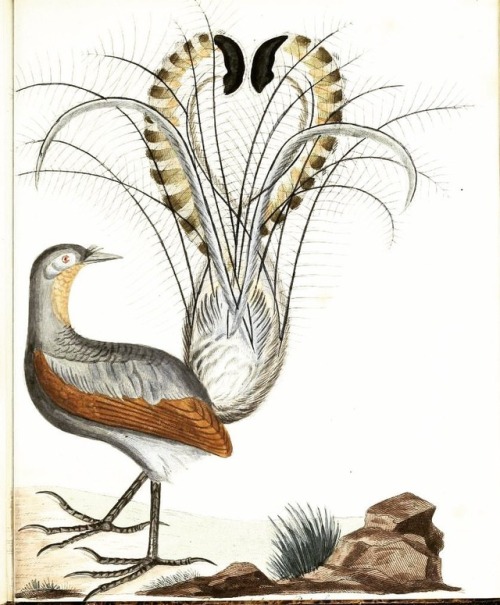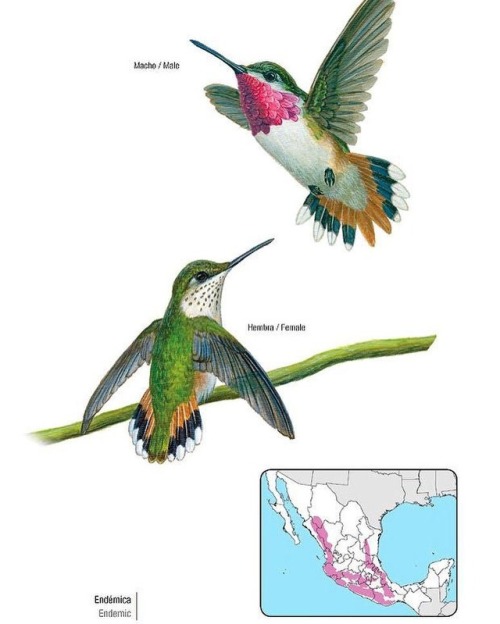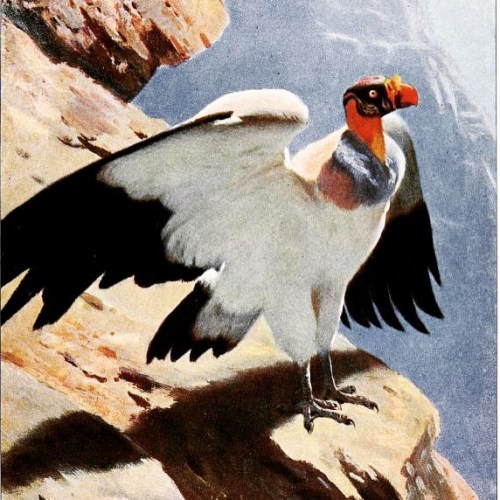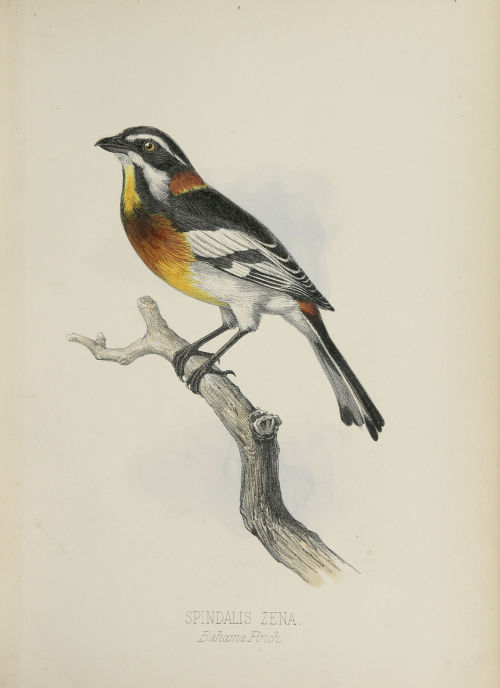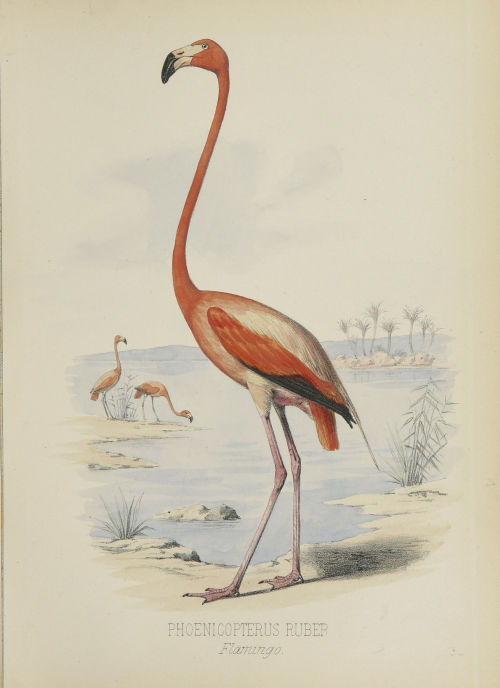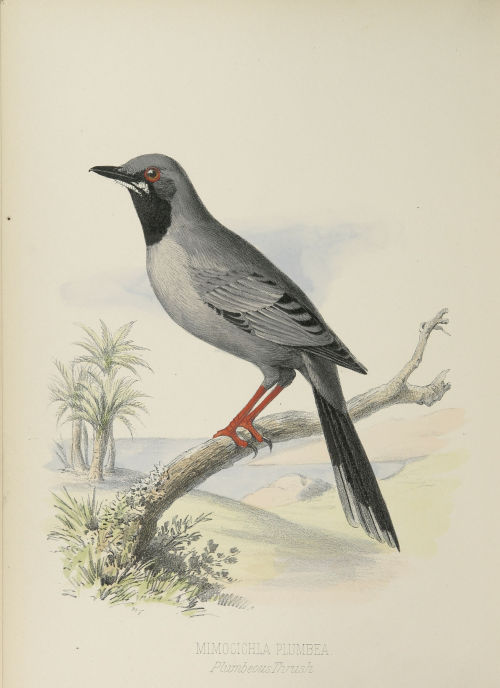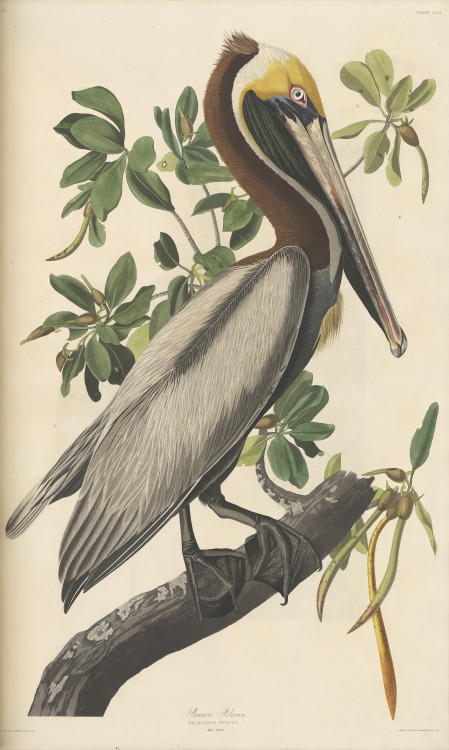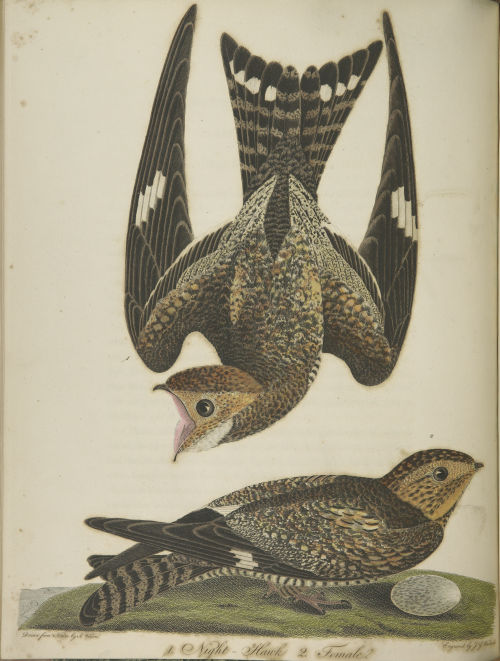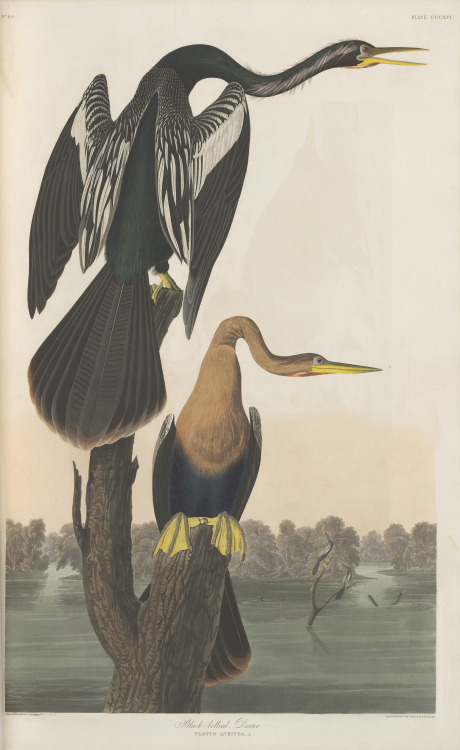#feathursday
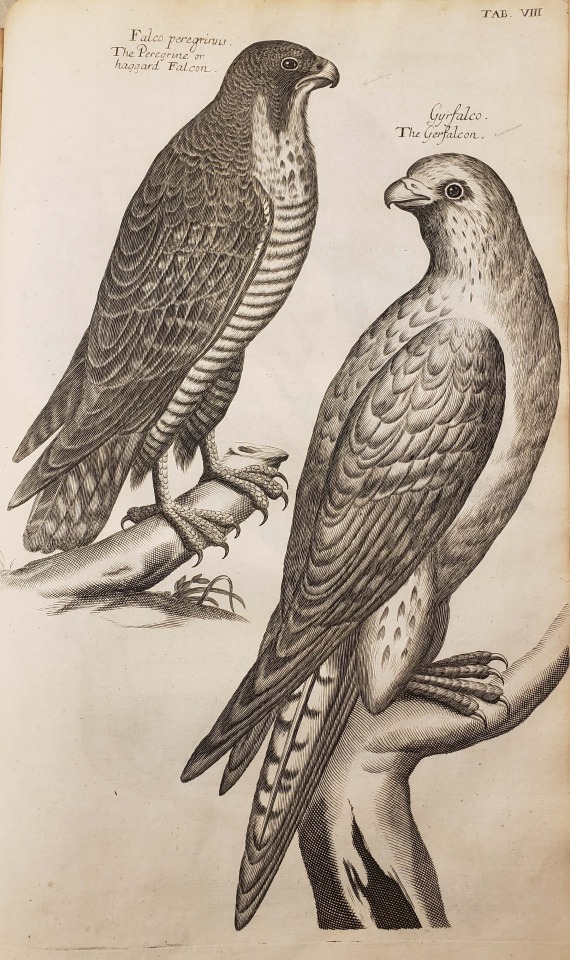
From: Willughby, Francis, 1635-1672. Ornithology. London : Printed by A.C. for J. Martyn, 1678
QL673 .W72

Black-throated green warbler
From: Baird, Spencer Fullerton. A history of North American birds. Boston : Little, Brown, 1875
QL681 .B16 volume 1
We’re celebrating the wonder of #trees for #Feathursday! Explore Tenants of the Trees (1907) by Clarence Hawkes, which was contributed for digitization by @amnh to #BiodiversityHeritageLibrary: https://biodiversitylibrary.org/page/6478661
_________________________________________________
#Birds #Tree #PublishersBindingThursday #BookBinding #BookCovers #FancyBioBooks #FancyBookBinding #AMNH #AmericanMuseumofNaturalHistory #BHLib #Biodiversity #NaturalHistory #NatHist #ScientificIllustration #ScientificArt #OpenAccess #Libraries #Archives #SpecialCollections #LibrariesofInstagram #IGLibraries #IG_Libraries #AMNH
Post link
Happy #Feathursday! The Eastern Rosella (Platycercus eximius) is native to southeast #Australia and #Tasmania. #SciArt by James Sowerby for “Zoology of New Holland” ([1793]-1794), with text by George Shaw. Contributed to the #BiodiversityHeritageLibrary by @museumsvictoria as part of #BHL Australia: http://biodiversitylibrary.org/page/40653675
————————————–
#BHLib #Biodiversity #NaturalHistory #NatHist #ScientificIllustration #ScientificArt #OpenAccess #Libraries #Archives #SpecialCollections #MuseumsVictoria #sciart #BHLAu #LibrariesofInstagram #IGLibraries #IG_Libraries
Post link
Happy #Feathursday! Great Crested Grebes (Podiceps cristatus) carry their babies on their backs while swimming and diving, helping to teach the chicks to swim and dive relatively quickly after hatching. This illustration was done by the famed French artist Roger Reboussin (1881-1965) in 1952 for the Bulletin du Muséum National d'Histoire Naturelle, 2nd Series, Tome 24 (Jan. 1952). Contributed for digitization in #BiodiversityHeritageLibrary by Muséum national d'Histoire naturelle (@le_museum): https://biodiversitylibrary.org/page/54570322
_________________________________________________
#GreatCrestedGrebes #Paris #France #Birds #Ornithology #BHLib #Biodiversity #NaturalHistory #NatHist #ScientificIllustration #ScientificArt #OpenAccess #Libraries #Archives #SpecialCollections #MNHN
Post link
Happy #Feathursday! Superb lyrebird (Menura novaehollandiae) from “Johann Lathams allgemeine Uebersicht der Vögel” Bd.4:t.1 (1811). German translation by Johann Matthäus Bechstein of John Latham’s “A General Synopsis of Birds.” Digitized for #BiodiversityHeritageLibrary by @natural_history_museum Library: https://biodiversitylibrary.org/page/54265874
Learn more about this title on our blog: http://blog.biodiversitylibrary.org/
————————————
#birds #bird #WildOz #naturalhistory #biodiversity #bhlib #bhl #NHMLondon #sciart #NatHist #ScientificIllustration #ScientificArt #OpenAccess #Libraries #Archives #SpecialCollections #LibrariesofInstagram #IGLibraries #IG_Libraries
Post link
#Hummingbirds for #Feathursday! At an average weight of 2.2 g, the bumblebee hummingbird (Atthis heloisa) is one of the smallest birds in the world. Endemic to the Americas, it is predominantly found in #Mexico, but vagrant specimens have been found in the southwestern United States.
#SciArt by Marco Antonio Pineda Maldonado for “Colibríes de México y Norteamérica” (2014) by María del Coro Arizmendi Arriaga and Humberto Berlanga. Digitized in the #BiodiversityHeritageLibrary by CONABIO under CC-BY-NC-SA: https://biodiversitylibrary.org/page/49524501
————————————
#BHLib #BHL #birds #bird #hummingbird #biodiversity #naturalhistory #CONABIO #BHLMEXICO #ScientificIllustration #ScientificArt #OpenAccess #Libraries #SpecialCollections #LibrariesofInstagram #IGLibraries #IG_Libraries
Post link
This King vulture (Sarcoramphus papa) is ready for takeoff on this #Feathursday! #SciArt by Friedrich Wilhelm Kuhnert for Richard Lydekker, Wild Life of the World, Vol. 2 (1916). Contributed for digitization by the Gerstein Science Information Centre (@gersteinlibrary), University of Toronto Libraries (@uoftlibraries) to #BiodiversityHeritageLibrary. https://www.biodiversitylibrary.org/page/21739111
_________________________________________________
#KingVulture #Vultures #Birds #Ornithology #BHLib #Biodiversity #NaturalHistory #NatHist #ScientificIllustration #ScientificArt #OpenAccess #Libraries #Archives #SpecialCollections #LibrariesofInstagram #IGLibraries #IG_Libraries #UniversityofToronto #UofTLibraries #UofT
Post link
White headed eagle. From The birds of Europe v.01 by John Gould, 1837. Plates drawn from life and on stone by J. and E. Gould and E. Lear.
Post link
Spoonbill. From The birds of Europe v.04 by John Gould, 1837. Plates drawn from life and on stone by John and Elizabeth Gould and Edward Lear.
Post link
Great spotted cuckoo. From The birds of Europe, v.03, 1837. By John Gould, plates drawn from life and on stone by J. and E. Gould and E. Lear.
Post link
Enjoy this assortment of birds that tend to spend winter months in the British Isles! We’ve included color plates of the merlin, goldcrest, waxwing, snow bunting, and turnstone.
Merlin

“This beautiful little Falcon has considerable resemblance to the Peregrine, except in stature; but though less, its proportions are all most symmetrical, and the colours of the plumage, though somewhat similarly distributed, are more brilliant and better marked; upon the whole, it may be considered as one of our handsomest Raptorial birds.” (cf. volume 24, page 129)
Goldcrest

“The feathers on the crown are soft and silky, of a brilliant orange in the centre, shading to gamboge yellow on the front and sides, and on each side of this runs a band of deep black, setting off, as it were, their beautiful ornament.” (cf. volume 25, page 158)
Waxwing

“On various parts of the Continent, particularly Italy, we learn … that their appearance was looked upon with superstitious awe, and as ‘precursors of war, pestilence, and other public calamities.’” (cf. volume 25, page 214)
Snow Bunting
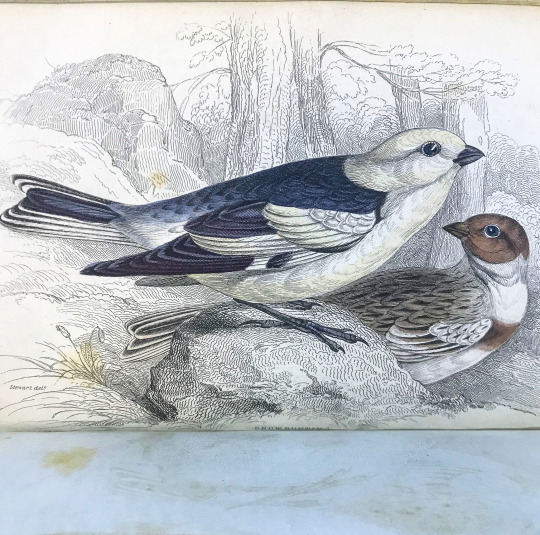
“When disturbed, they fly around, making sudden wheels before again alighting, and in their turnings, exhibit the dark and light parts of their plumage in simultaneous manner, almost as distinctly as some of the Sandpipers.” (cf. volume 25, page 318)
Turnstone

“From the time of its return, during the winter and in early spring, it may be found in small parties along the shores, frequenting chiefly those parts where there are jutting-out ledges of rock, or the smaller rocky islands; and being somewhat local in its habits, particular places are seldom without it. It feeds on nearly the same substances as the Tringae and Maritime Dotterels; but, as the name implies, it actively turns over the small stones and other bodies on the feeding ground in search of prey; and, it is probable, that this is more confined to the particular animals that hide or live under cover.” (cf. volume 26, page 259)
Images from: Jardine, William. The Naturalist’s Library. Edinburgh: W.H. Lizars et al., 1843. Vols. 24-26 (British Birds, pts. 1-3)
Call number: QL3 .J37 1843 Vols. 24-26
Catalog record: https://bit.ly/2Q98p8i




